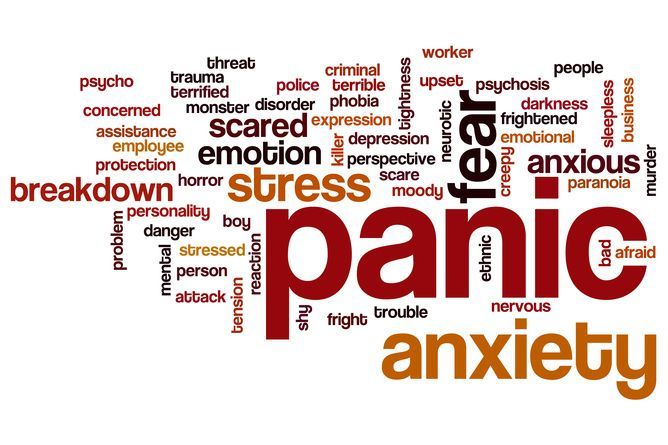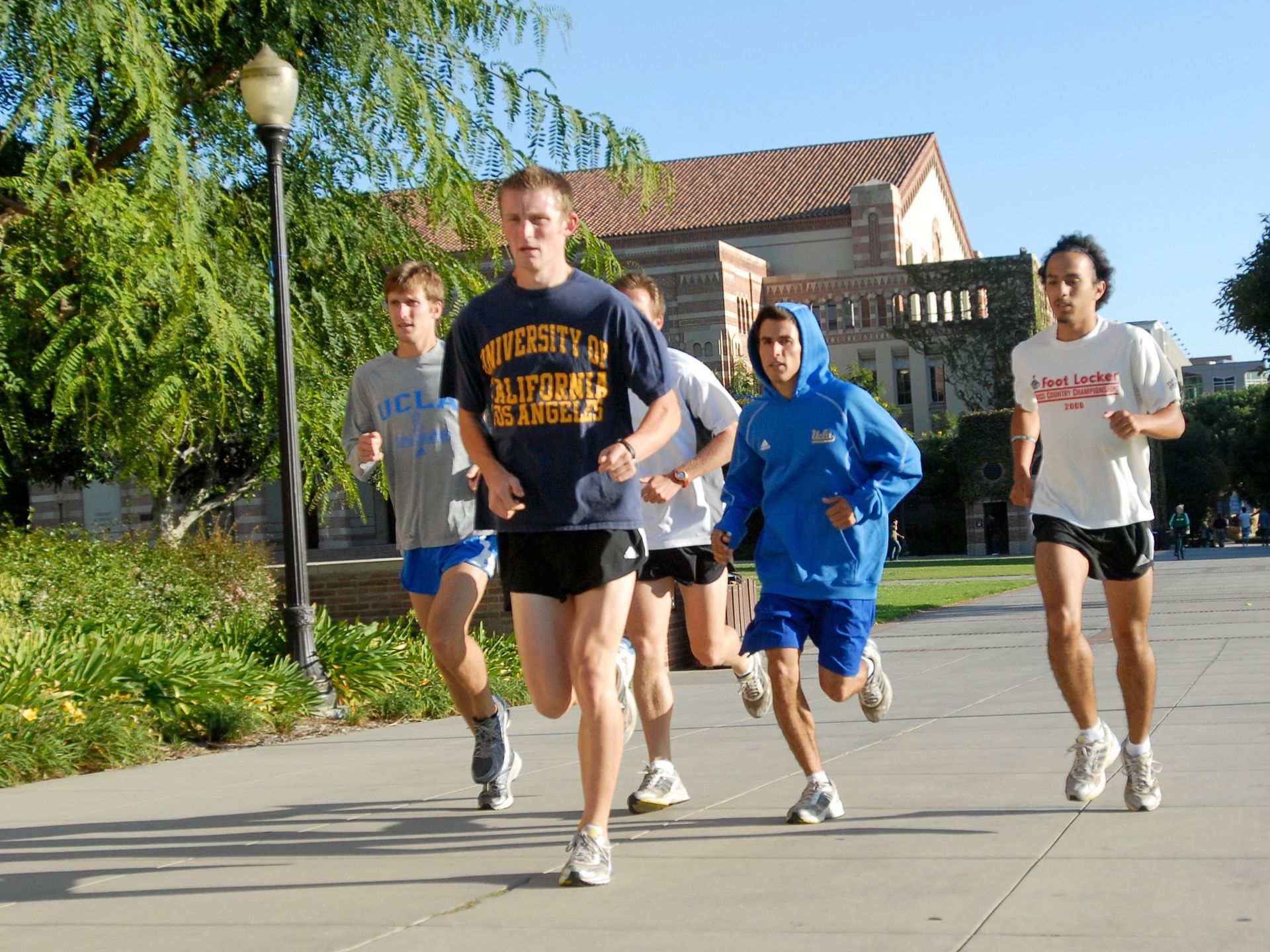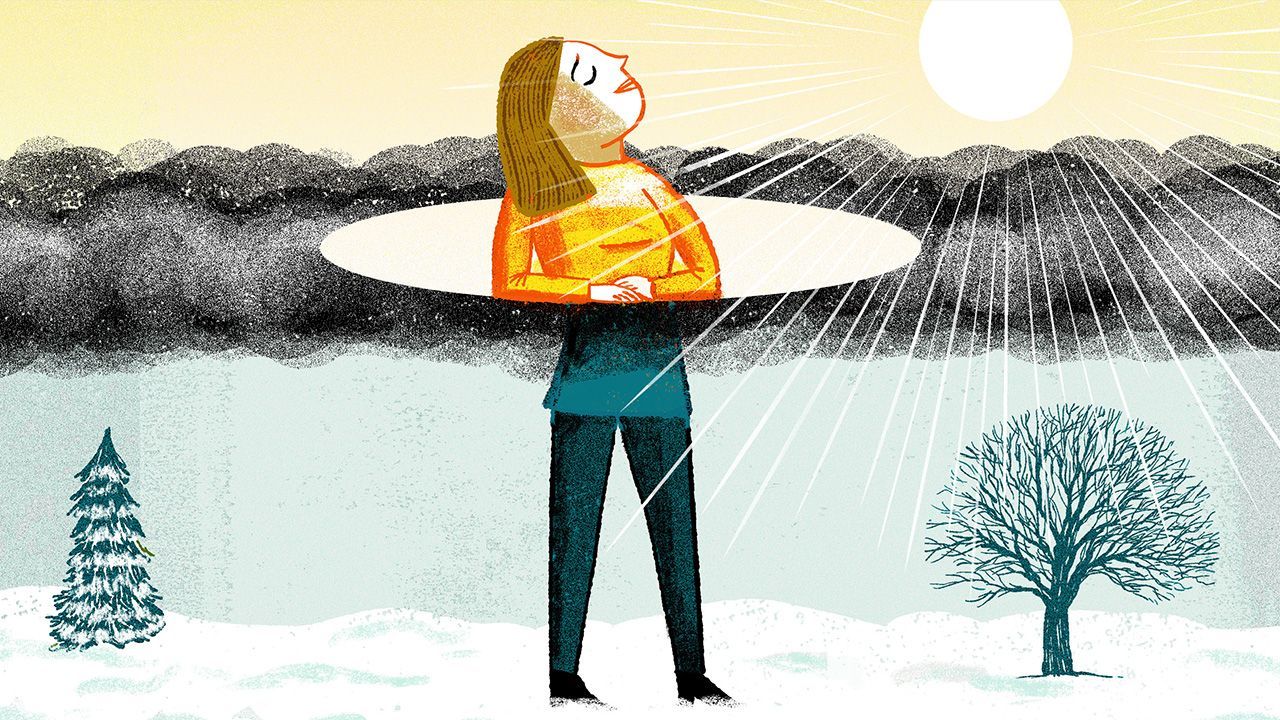Reactions to the novel coronavirus/COVID-19 have caused a great many changes to daily life in recent days. One group particularly affected by these changes is high school students. They are facing challenges this year that have never happened before on this scale.

HOW HIGH SCHOOL STUDENTS ARE AFFECTED BY SCHOOL CLOSURES
School provides structure and routine to the lives of students. Following the routine of getting up at a certain time, going to classes at specific times and coming home at a certain time provides a sense of normalcy in their lives. The predictability of knowing that third period math class follows second period history class allows students’ brains to focus on academic content. Expectations for behavior and academic performance are known and familiar.
When schools closed earlier this month students lost this structure and routine. Many were sent home with packets of assignments to complete but it is up to them to decide when and in what order they will do the assignments. At first, this greater amount of freedom and choice feels good – “Finally I get to decide what I want to do!” In short time though, it is easy to fall behind, to be distracted by other more desirable options (Netflix, video games, social media), or to become bored.
For most students school isn’t just about academics, it is also about social interactions. Many friendships started by sitting next to each other in class. The highlight of a student’s day might be walking down a certain hallway between fifth and sixth period because that’s when she can reliably expect to see the person she has a crush on. Groups of friends eat lunch together every day. Through their interactions with teachers and other school personnel young people learn to interact with non-family authority figures. In the hallways and classrooms of their school, young people are exposed to a variety of different cultures, perspectives and ways of living that may be different than their own.
Extracurricular activities were also affected by school closures. Many students enjoy participating in sports, music, school plays, robotics and a variety of other activities. Participation in these activities helps students to be more attractive applicants to colleges, universities and future employers. More importantly though, participation in these activities is an important part of students’ identities. They provide a “tribe” of others with whom a common interest and skill set is shared.
PARTICULAR STRESSORS FOR HIGH SCHOOL SENIORS
Senior year is typically the high point of a student’s high school career. Seniors this year are worried about being able to graduate. They’re worried about being able to qualify and be fully prepared for college admission. They’re aware that many colleges and universities that have shut down and wonder how this will affect their own future plans.

If schools remain closed for the rest of the spring, students in their senior year will likely forfeit their last shot at a championship sports season, miss their last chance to perform with the choir or never get to perform in the play they’ve been rehearsing for so long.
Seniors also face the possibility of missing out on milestone experiences including attending the senior prom and walking across the stage at commencement ceremonies.

HOW HIGH SCHOOL STUDENTS ARE AFFECTED BY OTHER CLOSURES
Many adolescents have jobs at local restaurants, stores, movie theaters, gyms or other businesses that have closed, reduced the services being offered or reduced their hours of operation. The young people working at these establishments count on their pay checks to help with household expenses, to pay for things that are important to themselves (e.g. clothes, music, activities), to provide for transportation (e.g. gas, car insurance, car payments), or to save for college or other future endeavors. If their parent(s) or other members of their family have lost jobs or income due to closures, the student may feel even more stress over losing their ability to contribute to the family’s financial situation.
FEAR AND ANXIETY REACTIONS
One the most stressful aspects of the current situation is not knowing. We don’t know who has been or will be infected. We don’t know who might be a carrier, spreading the virus to others without even knowing it. We don’t know when schools and businesses will re-open. We don’t know what the long-term effects of this pandemic will be.
Facing so many unknowns heightens anxiety. Some amount of fear and worry is a normal reaction to this abnormal situation. If a person’s anxiety is so intense that it is disrupting the person’s ability to concentrate on other things, interferes with the person’s ability to sleep at night or causes the person to avoid engaging in the things that he or she needs to do, it may be necessary to seek help.
MORE FAMILY TIME
The first thing everyone should do, regardless of age, is to maintain good self-care.
- Eat good food. Sure it’s nice to indulge in a treat once in a while, but keep in mind that human bodies and minds work better and feel better when they’re being fuelled by healthy, nutritious meals.

- Get enough sleep. When we’re tired we are more vulnerable to irritants, anxiety and depression. It is hard to learn, listen, concentrate and solve problems when we’re sleep deprived. Without enough sleep, we are likely to have problems with memory, coordination and patience. It becomes harder to regulate our bodies, our attention and our emotions. Human bodies naturally prefer to operate on a regular, stable cycle of sleeping and being awake. That’s why it is important to set and stick to regular bed and wake up times. According to The National Sleep Foundation, research has shown that teenagers need 8-10 hours of sleep a night.
- Exercise. There are lots of options for staying active while following guidelines for social distancing. It isn’t hard to find online videos for traditional workout routines as well as yoga, dancing and martial arts. Going for a short walk or run outside provides a change of scenery and fresh air as well as exercise. A way to make exercising fun is to turn on whatever music you enjoy and dance around for a few minutes.

Be a smart consumer of information. There is no shortage of information available online, on TV, on social media and on the radio. Make sure you are getting your information from credible sources. Take everything else with a good dose of caution and skepticism.
The need for social connection is fundamental for humans. In times of stress we need support and interaction with friends and family.
- Technology like texting, messaging apps, email and phones allow us to keep in touch with others without having to be face-to-face. Teens are already familiar with these forms of communication and have been using them for some time.
- Make a point to reach out to others who may be isolated or unsupported in their current environment.
- Parents, this is not a good time to ground teens from their phones and/or computers for more than one day at a time. It is completely appropriate to set limits on how much time your teen spends on their devices. It is also appropriate to restrict use of technology for social purposes to certain times of the day or to require that a certain amount of academic work be completed before technology may be used for social purposes. It is also good to model the types of self-control you wish to see from your teen.
- Pay attention to the effect social interactions have on you. If you notice that your interactions with someone leave you feeling more anxious, angry, worried, frightened or bad about yourself, consider limiting or suspending your interactions with that person.
Actively look for positives in every day
- Pay attention to stories about people being kind, helpful or supportive to each other. These things are happening and news about them is out there.
- Identify something that you enjoyed or found to be beautiful.
- Practice gratitude. In times like these, it is easy to get worn down by all the things that we are missing out on or can’t do. A powerful way to counter this is by intentionally taking time to appreciate the things, people, abilities and opportunities that we do have.
Avoid jumping to conclusions. There is so much that isn’t known and we all have to wait to see what happens.
- Teens who are feeling healthy and energetic may assume that they have not been exposed to the virus. They also may have heard that the virus is unlikely to be deadly to people their age. This doesn’t mean it is Okay to ignore safety precautions. It is possible to be infected and not show any symptoms. If you are one of these people, you won’t know it but you could spread it to others. That’s why it is important to take precautions like washing hands, disinfecting surfaces, and social distancing even if you don’t think you are infected.
- This situation is affecting the whole country. Colleges, universities and employers are going to be aware and understand.
- You don’t have to figure out how to solve this situation. School administrators are working on plans to help students complete their education and be able to graduate. We don’t know yet what form it will take, but rest assured that they will figure something out.
If you or if you know of anyone experiencing anxiety during this health situation, please call C&A at 330-433-6075. C&A's Trauma Therapy Program Manager Mary Kreitz is the author of this post.
RECENT POSTS












